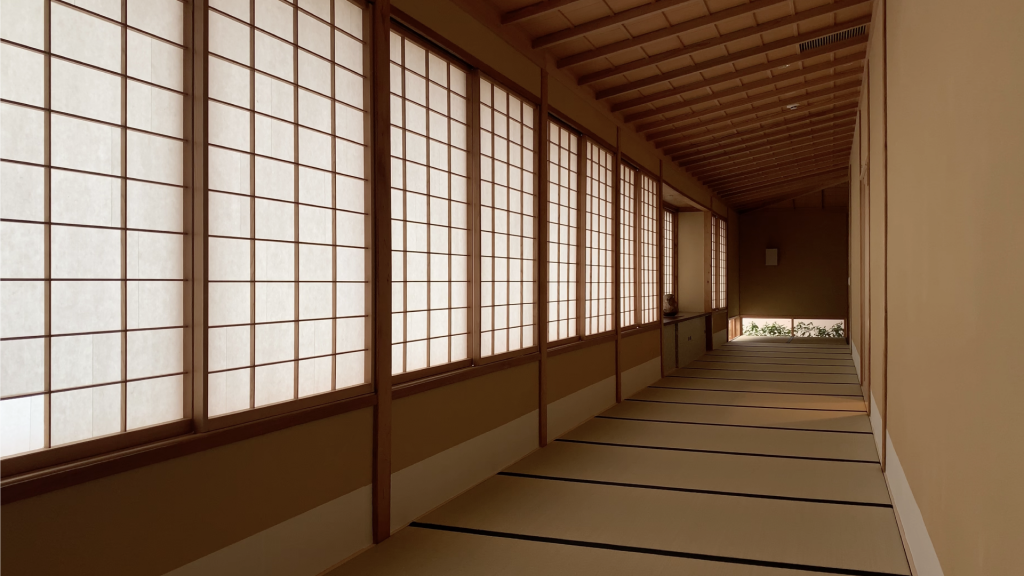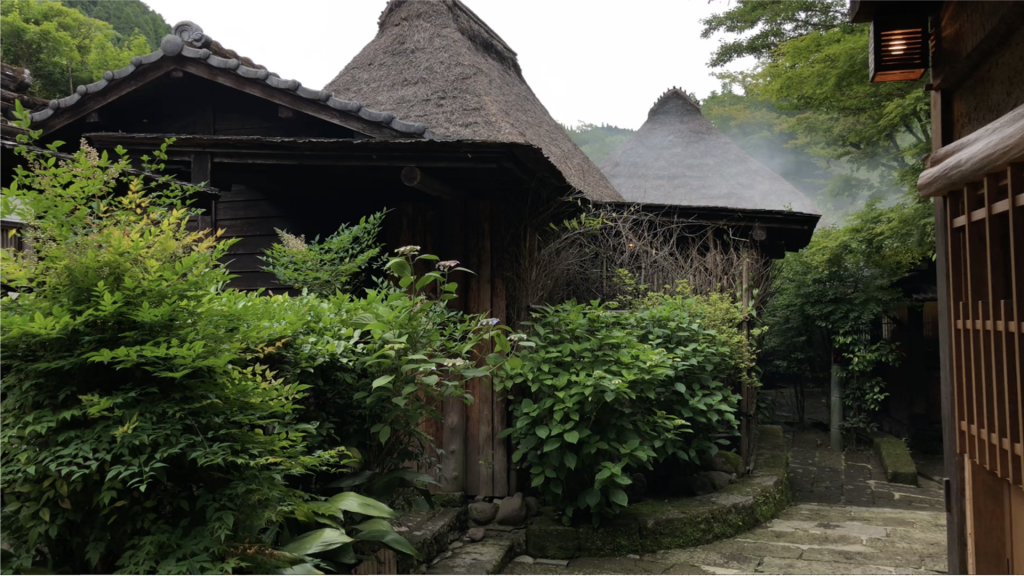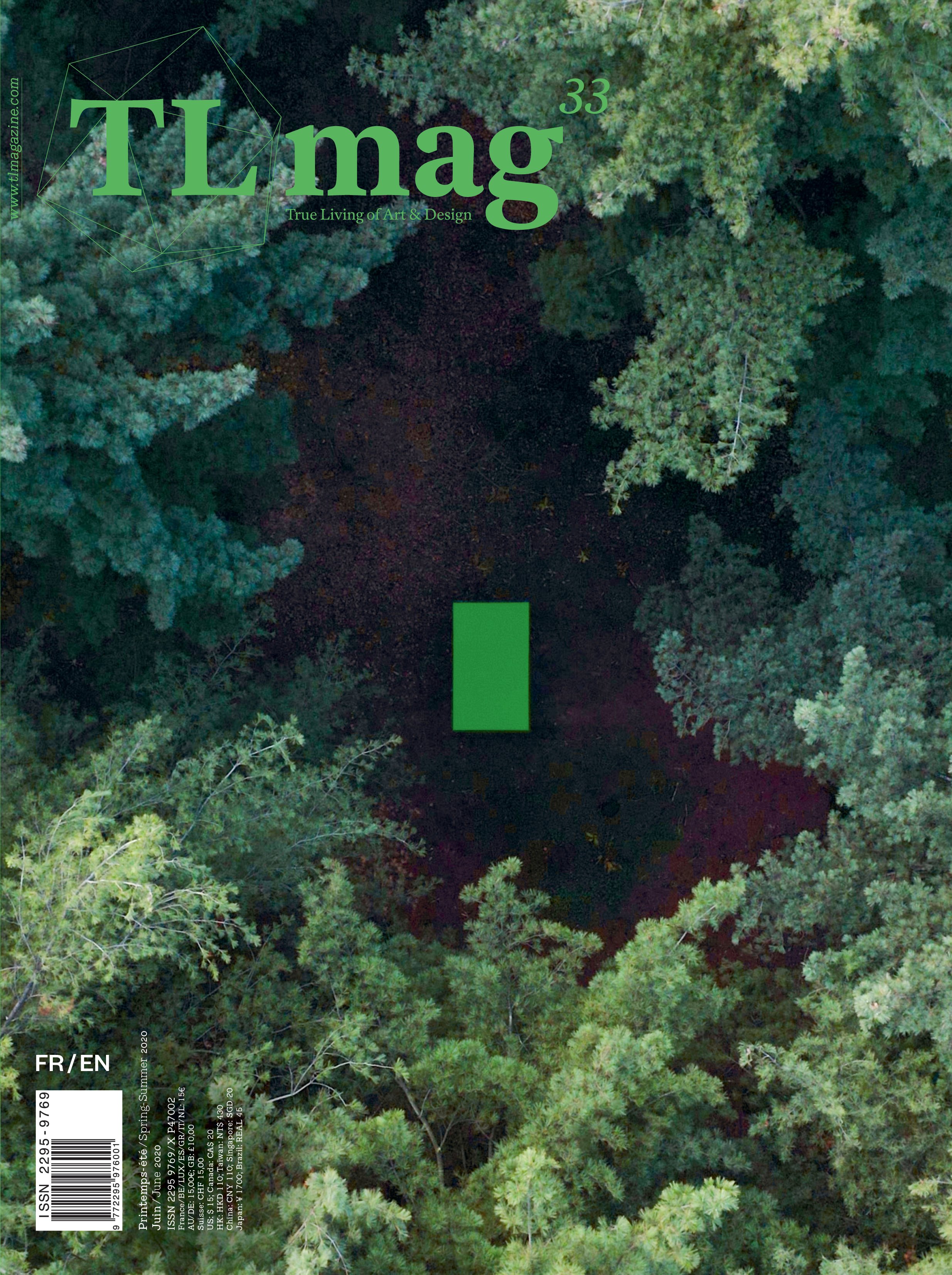Kenya Hara, A Better View
TLmag, Vol. 33, Spring/Summer 2020
I interviewed Muji’s legendary art director Kenya Hara for TLmag about his new project High Resolution Tour. Extracts from our conversation follow:
As Muji’s art director, Kenya Hara has been one of the chief architects of the rise of contemporary Japanese minimalism. With his latest project, High Resolution Tour, the designer and writer has turned his attention to the world of tourism in order to take a fresh look at his country’s rich heritage and future. Hara’s highly personal platform takes the viewer on a tour of sites across Japan, from cutting edge contemporary venues to ancient sites—an invitation to rethink the way we travel and a celebration of the local.
TLmag: Why did you choose to create the content for High Resolution Tour entirely by yourself? The often-lengthy entries are also written in a personal way, from your individual perspective. Why did you make this choice?
Kenya Hara: I started to feel that tourism would become the most important global industry in the twenty-first century, but this was just the beginning. The word “global” is an economic term. The distribution of people, goods and money will accelerate on a global scale, but there is no such thing as a global culture. The essence of culture exists locally. For example, sushi, pepperoncini and curry cannot be mixed to create a global flavour. However, the more global the world becomes, the more sensitive people will become to local values. As the world becomes more fluid, the concept of a unique atmosphere or a rare culture will be reassessed. So the words “global” and “local” are no longer opposites, but a combination of the two terms forming one concept.
With this in mind, I thought I should know more about the nature and splendour of my own country. To expand my design activities, I started to think about the complex production of a unique atmosphere including architecture, space, food, crafts and hot springs—everything that goes into the complete production of a hotel. This teiku-hiko or “low altitude flight” approach—to allow a better view of the ground—is a way to carry out research and send a message to future partners who resonate with this idea.



TLmag: The name for the project is Teikuhiko, which refers to the altitude at which you can view the landscape fully. Can you explain a bit more about this concept and its history in Japanese art?
KH: Teiku-hiko means “low altitude flight”. However, it doesn’t refer to a flight in bad conditions, but rather that you can see the surface of the land in more detail by flying lower. In fact, if you fly with a small propeller aircraft at a low altitude of around 1,000 metres (about one tenth of the cruising altitude of a jet airliner), the view of the ground is amazingly clear. The Japanese archipelago has interesting topographical diversity, and the land is perfect for low-altitude flight. After this experience, I decided to give this name to the project to convey the idea of flying lower and observing Japan clearly. The English name of the project is High Resolution Tour. I chose this name as a way to show new tourism as a fresh, profound cultural experience as opposed to the concept of traditional sightseeing.
